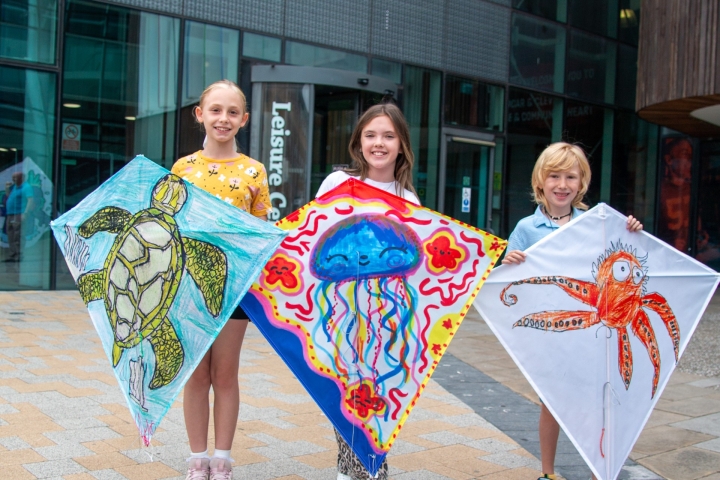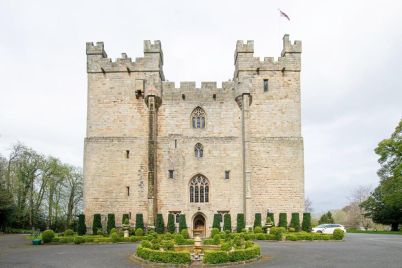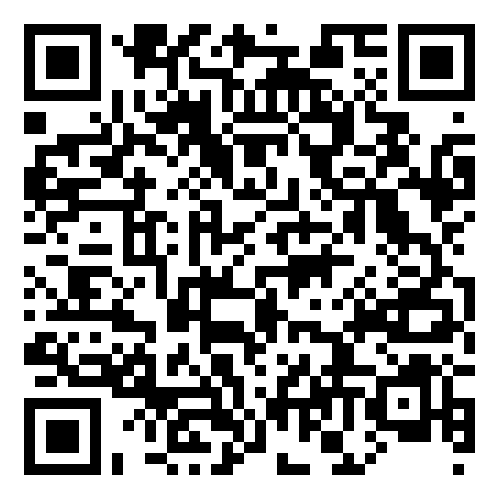The Redcar Kite Festival competition has given local children the chance to see their creativity take flight, with winning designs transformed into real kites.
The competition was organised by Everyone Active, the operator of five leisure centres across Redcar & Cleveland, who sponsored the festival earlier this year. Children were invited to design their favourite sea creatures on kite templates and submit them through their nearest Everyone Active centre.
The winning entry came from ten-year-old Farrah Millington of Newcomen Primary School. Her inventive octopus design impressed judge Alan Poxon, event commentator for the festival and a member of the Northern Kite Group.
Runners-up were Mila Rose Mitchell, also ten and from Newcomen Primary, and Clark Latheron, aged six from Coatham Primary. Farrah received family tickets to see Middlesbrough FC play live and a six-month family membership with Everyone Active. Mila and Clark each won match tickets and a three-month family membership. All three also saw their designs turned into real, fully functional kites by Poxon, which were presented to them at Redcar Leisure Centre. Newcomen Primary secured the school prize: a 3v3 football tournament for the whole of Key Stage 2.
Paul Ayre, Everyone Active’s area contract manager, said: “Many congratulations to these three youngsters for their amazing designs and our thanks go to everyone who entered the competition. It was great to see children from across the local community taking part and to see the winners receiving their kites at Redcar Leisure Centre made it all worthwhile.”
While the Redcar Kite Festival competition highlights the modern joy of kite flying, the history of kites stretches back thousands of years.
In China, kites are attributed to the 5th-century BC philosophers Mozi and Lu Ban. With materials such as silk for sails and bamboo for frames, early Chinese kites were used not only for recreation but also for military signalling, measuring distances, and even lifting people.
By 549 AD, paper kites were recorded as tools in rescue missions. From China, kite traditions spread across Asia and Polynesia, where they held spiritual significance. In India, kites evolved into fighter kites such as the patang, central to festivals like Makar Sankranti.
Europe encountered kites later, with Marco Polo bringing stories of them back in the 13th century and sailors introducing them in the 16th and 17th centuries.
By the 18th century, they were valued for scientific experimentation, most famously in Benjamin Franklin’s 1752 experiment linking lightning and electricity.
Kites also contributed to aeronautical advances. The Wright brothers and other pioneers studied kite designs as they worked towards powered flight, and between 1860 and 1910, Europe experienced a golden age of kiting, with new designs pushing the limits of lift and control.
The 20th century saw the development of innovative kite forms such as the Rogallo wing, parafoil, and power kites, which found uses in meteorology, photography, and even parachuting.
Although the rapid rise of powered aircraft reduced their practical role, kites remain a source of joy, creativity and community spirit, something seen clearly in the enthusiasm surrounding the Redcar Kite Festival competition, where history, art, and flight combined to inspire the next generation.













